Amazon Frustration-Free Packaging: Certification, Guidelines, & Returns
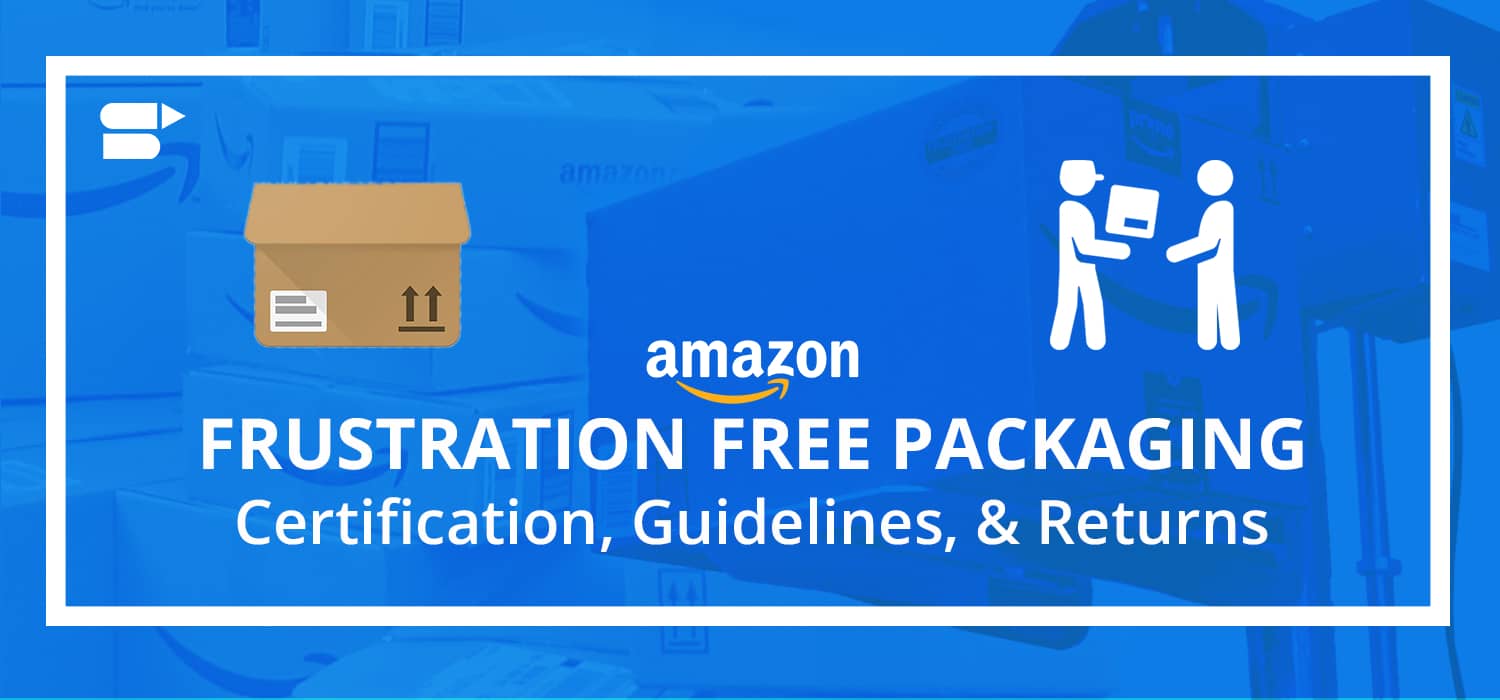
If you are a seller, then you must have heard about Amazon frustration free packaging. Ever wondered what’s requirements, guidelines, and standards are? Let’s understand everything in detail here.
Quick Guide:
- Introduction
- Amazon Frustration Free Packaging Requirements
- Amazon Frustration Free Packaging Certification
- Benefits of FFP Certification
- How Much Is Amazon’s Chargeback?
- Conclusion
So, let’s gets started.
Introduction
Amazon launched its FFP (Frustration Free Packaging) program in November 2008. It was a multi-year initiative in order to make it simpler for customers to take out products from their packages. So, the foremost products that came under FFP were toys. Every year, more product categories were added under this initiative.
The idea behind Frustration-Free Packaging is to provide an optimal packaging experience by implementing these tenets:
- Protective
- Cost Effective
- Easy-to-Open
- Low Waste
When these aspects are met, customers get an exceptional and positive experience with minimal wrapping to dispose of.
The program participants (Sellers, Vendors, Manufacturers, and Distributors) potentially realized the importance of lower costs and reduced waste. Keeping this in mind, in January 2014, Amazon launched a packaging certification program called ECR (E-commerce Ready Packaging) to validate products that can be dispatched in their containers for a better experience.
Amazon Frustration Free Packaging Requirements
As said above, Frustration Free Packaging (FFP) works based on 4 vital factors:
1. Protective
A product’s packaging should be protective enough to ensure that it is received undamaged when:
- Transporting it to Amazon’s Fulfillment Center
- Moving it within the Amazon’s Fulfillment Centers
- Shipping it to the customers
2. Cost-effective
- Packaging should be sealed and must be in a condition to be shipped to a customer without extra protection. This is also called SIOC (Ships In Own Container).
- Packaging should have markings important to distribution & fulfillment centers like barcodes, regulatory markings, and product descriptions.
3. East-to-Open
- A packaging shouldn’t contain plastic inserts, blister packs, packaging peanuts, wire ties, clam shells, and shredded paper.
- Every content in a packaging should be able to remove within 120 seconds.
4. Low Waste
- The packaging material used should be “recyclable.”
- It is recommended to have material markings like recycled content statement, or “Please Recycle.”
- A shipper should be apt-sized to fit the contents but not exceeding 2.0 inches of the packaging material used for the product.
Quick Checklist
The checklist given below helps in determining if your products qualify for Frustration Free Packaging (FPP)or E-commerce Ready Packaging (ECR):
ECR & FFP Checklist:
- Packaging should not have cutouts or windows.
- Packaging should be able to ship through courier service without any damage. (example: FedEx, UPS, and USPS).
Additional checklist for FFP:
- A customer should be able to remove the contents from the packaging within 120 seconds.
- Every material used for the packaging should be recyclable.
- No packaging should contain shredded paper, sealed shells, plastic inserts, blister packs, wire ties, and packaging peanuts.
Amazon Frustration Free Packaging Certification
A certification signifies that your products fall under E-commerce Ready Packaging or Frustration-Free Packaging. This procedure is managed within the Seller Central and Vendor Central.
This process involves a technical analysis by a few packaging professionals from Amazon followed by a transit testing from either the Amazon’s Packaging Certification Lab or ISTA-certified facility.
This process is mentioned below:
- Enrollment: This step involves enrolling your packages via Seller Central or Vendor Central.
- Lab Review: Give package images for review. Ship samples to Amazon’s Packaging Certification Laboratory for transit testing.
- ASIN Launch: As soon as the packaging passes through Lab Review & testing, Amazon certifies the ASINs like FFP or ECR. FFP ASINS are eligible for additional benefits such as site marketing and inclusion in the Frustration-Free Packaging storefront.
Related Post : Amazon ASIN – What does it mean for your business?
Benefits of FFP Certification
| Amazon’s Packaging Tiers of Certification | |||
|---|---|---|---|
| Advantages | Tier 1 (FFP) | Tier 2 (SIOC) | Tier 1 (PFP) |
| Reduction or Removal of Amazon’s Prep Chargebacks | Yes | Yes | No |
| Chance to reduce package costs | Yes | Yes | No |
| Chance to cut down inbound transportation cost | Yes | Yes | No |
1. Reduction or Removal of Amazon’s Prep Chargebacks
Keep in mind that when a specific ASIN is certified for FFP Tier 1, SIOC Tier 2, or PFP Tier 3, Amazon makes sure that it isn’t dismissed to have extra Amazon-prep applied. So, this provides a vendor to avoid those prep chargebacks.
2. Chance to reduce package costs
Most retail packaging is designed exclusively to grab the attention of a customer by using colors, glossy prints, utilizing cutouts, windows, and making it oversized.
However, these not only add cost but also are unwanted for customers. In the end, they are only going to throw it in the bin. When the packaging is optimized, it cuts off unnecessary marketing features. This also helps to reduce waste, increase sustainability, and save on cost.
3. Chance to cut down inbound transportation cost
Besides the package is optimized for Amazon’s fulfillment, it is “aptly sized” for the entire supply chain. Small packages account to low transportation costs and also makes extra space for other units per truck/pallet/container.
This is also less expensive for Amazon when it comes to shipping the same packaging to the customers. So, this is a win-win situation for both Amazon and the vendor.
Certification Requirements
| Amazon’s Packaging Tiers of Certification | |||
|---|---|---|---|
| Requirements | Tier 1 (FFP) | Tier 2 (SIOC) | Tier 1 (PFP) |
| Protection Against Damage No Amazon-Prep is RequiredISTA 6 Compliant | Yes | Yes | Yes |
| Reduces waste Transports without Amazon over box | Yes | Yes | No |
| Packaging is recyclable | Yes | Yes | No |
1. Packaging Construction
A product packaging should be a firm 6-sided rectangular shape, capable enough to survive a single delivery or LTL (Less-than-Truckload) shipping.
Rigid envelopes and padded mailers might be used, but 6-sided firm corrugate cartons are highly preferred. Note that poly bags aren’t allowed. A package panel should be free and flat of protrusions, cut-outs, and windows. Hand holes/access holes are permitted but can’t exceed a dimension of 3 x 1.5 inches with 1.5 inches as radius.
2. Minimum Dimensions for Packaging
A product’s packaging should meet a minimum dimension that is listed below with no exception. Any product package with a dimension smaller when compared to the ones mentioned below can qualify only for PFP – Tier 3, as it requires extra over boxing from Amazon.
| Acceptable Dimension for packaging (minimum) for Tier 1 (FFP) or Tier 2 (SIOC) | ||
|---|---|---|
| Length | Height | Width |
| 9 inches (228.6 mm) | 0.375 inches (9.5 mm) | 6 inches (152.4 mm) |
3. Package Sealing
Every open edge should be sealed properly to make sure that the product is protected until it reaches the fulfillment center and the customer. A staple is not permitted as a method of sealing but is allowed on the manufacturer’s glue joint.
Note that the locking tabs should also be sealed properly with tape or glue. For an oversized product, non-metal bands or straps are allowed to give structural integrity to an outer shipper, ensuring that straps are fitted tightly around the package. Bundling too many packages with bands or straps is not allowed.
Recommended guide: Amazon and Meta Join Forces: A World-Changing Partnership for E-Commerce.
4. Identification Labeling & Package Printing
Package labeling and markings should include clear contents as well as communicate handling instructions. Every certified package should also follow carton marking and labeling requirements written in the Shipment Prep & Transportation Manual.
5. HAZMAT Certified Product
As of now, Amazon doesn’t provide certifications for HAZMAT items (ASINs with UN numbers) or if the package has transportation-regulated markings or symbols.
6. Product-to-Packaging Ratio
“Package” is the total cubic volume of a product with the necessary components required for using the product.
The formula to calculate the Product-to-Package ratio is:
Product’s total volume ÷ Package’s total volume
Here is an example:
| Length (inches) | Height (inches) | Width (inches) | Total volume (inches) | |
|---|---|---|---|---|
| Product measurement | 20 | 6 | 9 | 1080 |
| Package measurement | 22 | 8 | 10 | 1760 |
| Box utilization score | 1080 ÷ 1760 = 61% |
The Box-Utilization Score should be higher than 30% & 50% for products that are fragile as well as non-fragile, across Tier 1 & Tier 2 Certifications.
A fragile product(s) includes, but is not limited to:
- Porcelain, ceramic, clay, and glass
- Electronics that can be easily damaged when they are dropped
- Semi-liquids & liquids
- Solids that turn to liquids during a change in temperature during shipping
7. Recyclable packaging
For FFP (Tier 1), a package should be made of recyclable materials. The materials that are accepted (for packaging) by Amazon include:
- Paper-based materials
- Corrugated materials
- Plastic components that are marked with SPI codes 2 (HDPE), 5 (PP), and 1 (PET).
In the United States, packaging should be compliant with FTC’s Green Guide. Check www.ftc.gov for further details. If you are selling Europe, refer to the regulations of the European Parliament & Council Directive for packaging & packaging waste.
Make a note of these key points:
- Plastic bags or films are permitted only in situations if a product needs protection from dust/abrasion or there are chances that the product might get contaminated. But plastic films that are printed with proper SPI codes 4 (LDPE) & 2 (HDPE) are accepted.
- A twist tie is allowed for managing cord organization. It cannot be used for securing the product with the package.
- Bags made of silica gel are permitted.
- Flexible bags or films that give barrier properties as well as maintain the quality of the product are allowed.
8. East to Open
This is another guideline to make a note of. A customer should be able to open an FFP (Tier 1) packaging with ease and minimal use of the box cutter or scissors. The package shouldn’t contain plastic inserts, blister packs, shredded paper, welded shells, and packaging peanuts. A customer should be able to unpack a product and its accessories from a package within 120 seconds.
Latest Update: As of 1st August 2019, every item greater than 20 lbs or 18 inches x 14 inches x 8 inches should be designed and certified to be ready-to-ship (Tier 2–SIOC / Tier 1–FFP) by Amazon’s Frustration-Free Packaging program.
What Products Are Affected?
Amazon’s Ships in Own Container/ Frustration-Free Packaging chargeback has been applied to products that:
- Haven’t been certified as Tier 1/Tier 2 (SIOC or FFP)
- Exceed 20 lbs or 18 inches x 14 inches x 8 inches.
The chargebacks don’t apply to certain product categories like Pets. But as a seller, you have to be updated with the policies to make sure that are you going on the right track and don’t call for unwanted troubles.
What Products Aren’t Affected As Of Now?
The ASINs that are unaffected currently include:
- ASINs coming under Amazon Fresh, media, and Prime Pantry.
- ASINs, which have Hazmat classifications (the ones with Lithium-Ion batteries).
- ASINs with the longest side lesser than 9 inches or the shortest side lesser than 0.375 inches or its median is lesser than 6 inches.
- ASINs, which are 8 months old at a minimum and have shipped 250 units or even less in the last 12 months.
Additional guide: What are Amazon Ads Certifications?
Amazon Packaging Certification Guidelines
1. Envelopes
For thin items and documents, envelopes are allowed. To improve the sorting process during distribution cycle, envelopes can’t be plain (or unbleached) paperboard. For an envelope to accommodate its shipping label, it should meet a minimum size requirement.
- United States: An envelope’s dimension should be larger than 6.5 inches x 4.5 inches x 0.375 inches.
- Europe: An envelope’s dimension should be larger than 7.7 inches x 4.9 inches x 0.63 inches.
- Japan: An envelope’s dimension should be larger than 10.24 inches x 7.8 inches.
- China: An envelope’s dimension should be larger than 6.5 inches x 4.5 inches x 0.375 inches.
2. SIOC (Ships In Own Container)
A package that ships to a customer without any additional packaging is classified under SIOC. However, only products that are certified qualify for SIOC. A package, which ships SIOC might experience different levels of cosmetic damage because it moves through distribution cycles.
3. Package Shape
A package must be stress free for Amazon’s team to stack, store, transport, and ship. Amazon recommends rectangular-shaped product packaging with squared corners.
How Much Is Amazon’s Chargeback?
Amazon’s chargeback is $1.99 per unit. Now, to help you evaluate the overall cost of an impending charge unless the certification is received, Amazon assesses SIOC chargebacks (but in waived status) in order to specify which ASINs have been impacted.
To check what the fee is, go to Vendor Central > click the tab Operational Performance > click SIOC tile. To check detailed chargeback data, go to Vendor Central > click the tab Operational Performance > Select Total chargebacks > Choose view defect list.
The moment you are on your detail page, filter it by typing SIOC. Then, click on the apply button.
Conclusion
Since Amazon is the leading brand in the eCommerce world, it has certain responsibilities too. They are already on a mission to optimize the customer’s experience by collaborating with all the manufacturers worldwide and creating sustainable packaging, which eliminates waste, offers protection, and delights customers.
Besides addressing environmental problems and enhancing customer experience, Amazon has always been working to lessen shipping and prep costs. Over boxing, products are expensive, both in terms of materials and labor. Moreover, this also helps Amazon to fit more units in their trucks for better efficiency.
Additional Read:
How to Turn your Amazon Product Returns into Profits!
7 Best Ways to Minimize Returns on Amazon



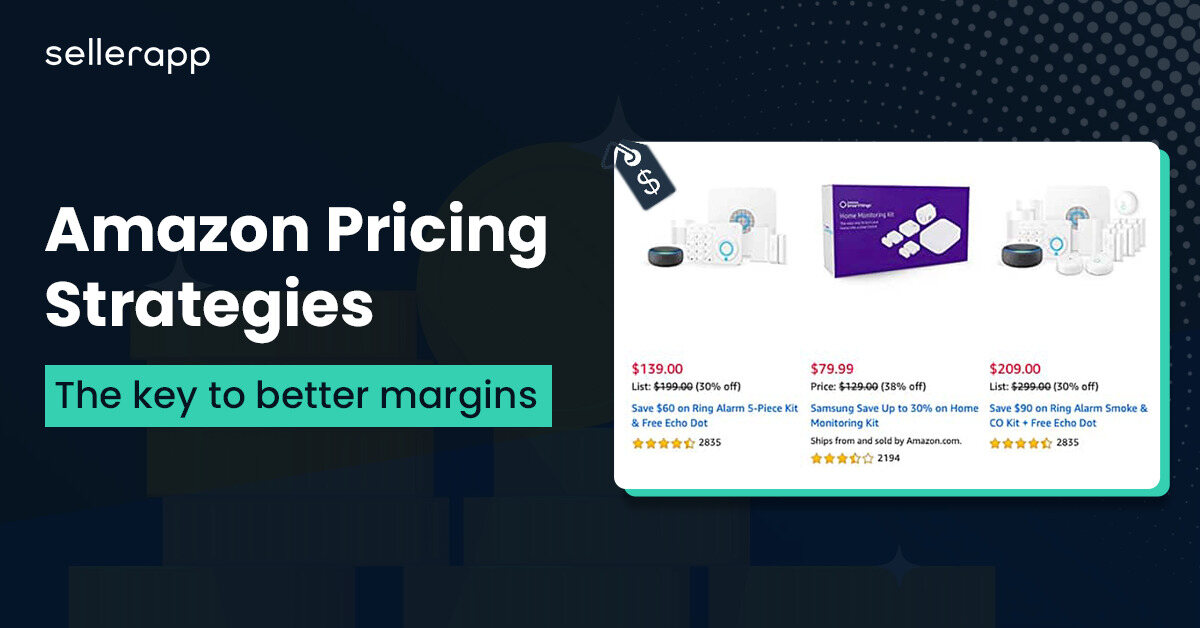
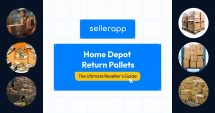
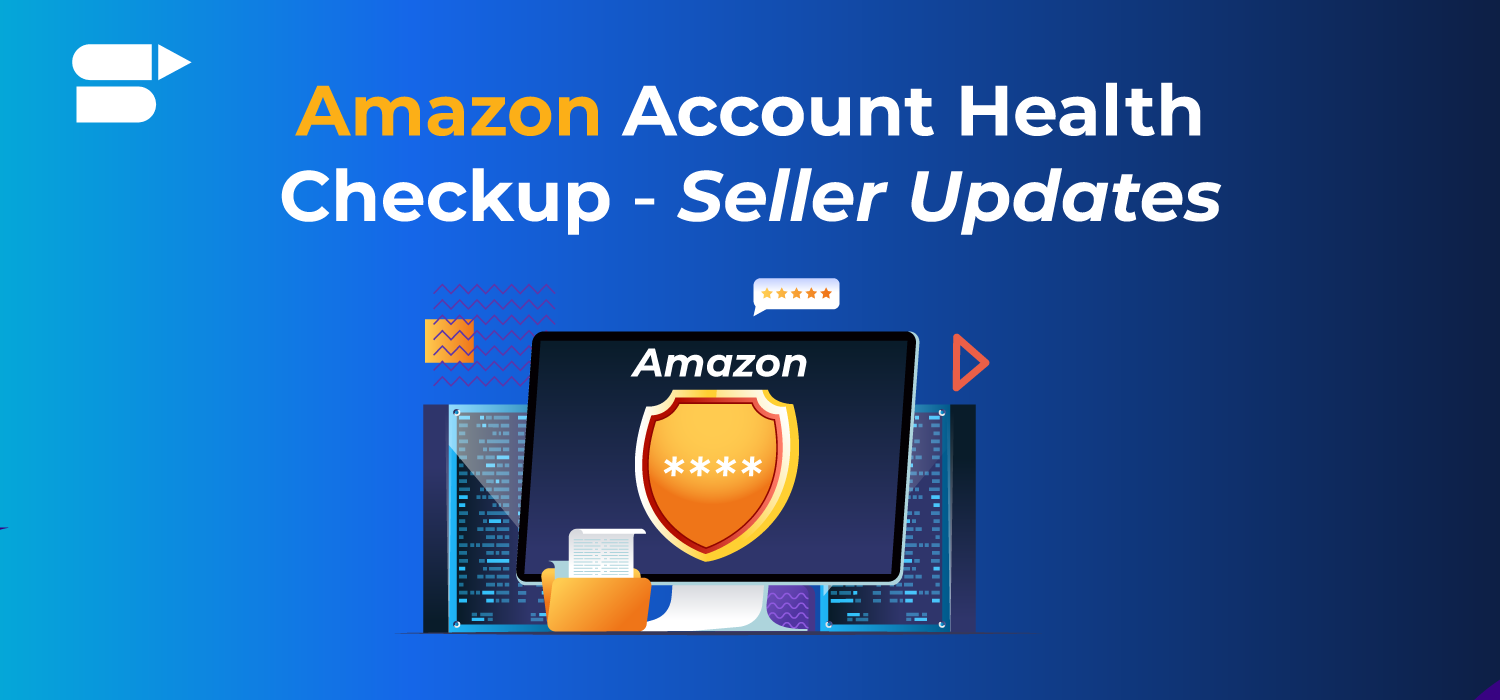
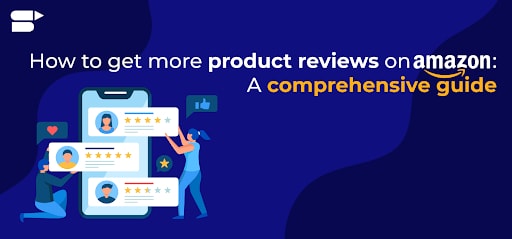
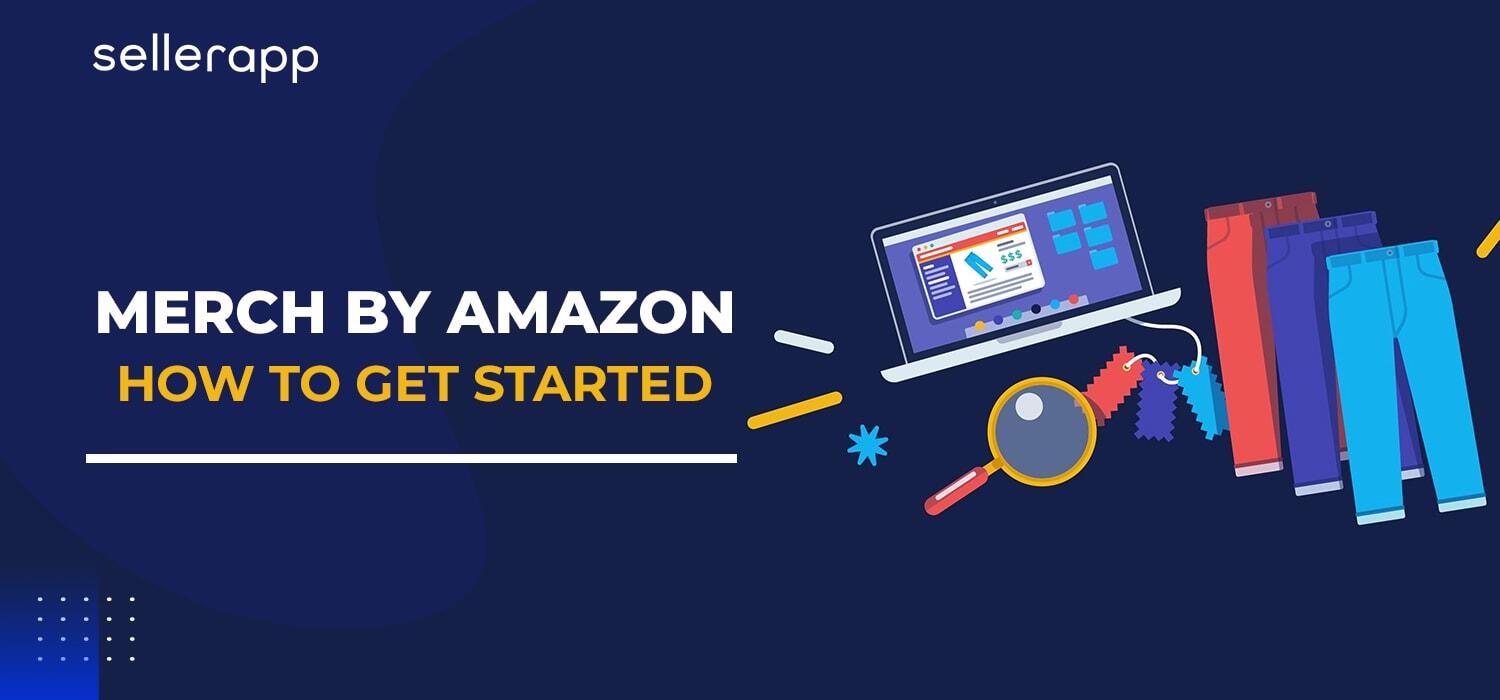
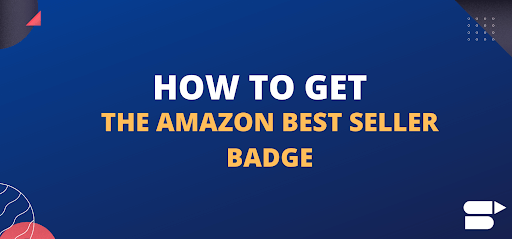
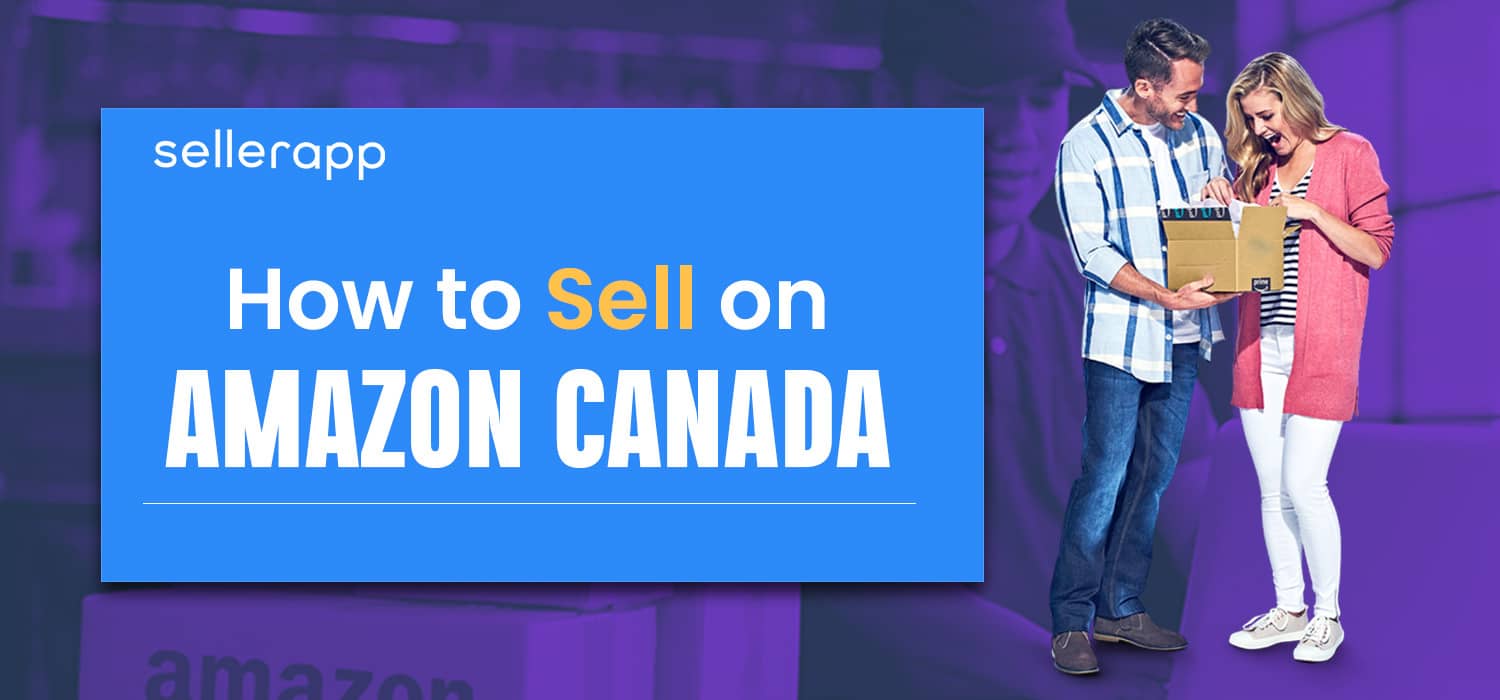

Ellsworth Schoenfeld
February 25, 2021How does the FFP process work?
Arishekar N
August 26, 2021The FFP process involves a technical analysis by a few packaging professionals from Amazon followed by a transit testing from either the Amazon’s Packaging Certification Lab or ISTA-certified facility.
Francis
January 17, 2022Informative and helpful article. Thanks again SellerApp
Arishekar N
May 27, 2022Thanks for reading
Denzil
April 7, 2022Valuable Information for Amazon Sellers.
Arishekar N
May 27, 2022Glad you liked the article.